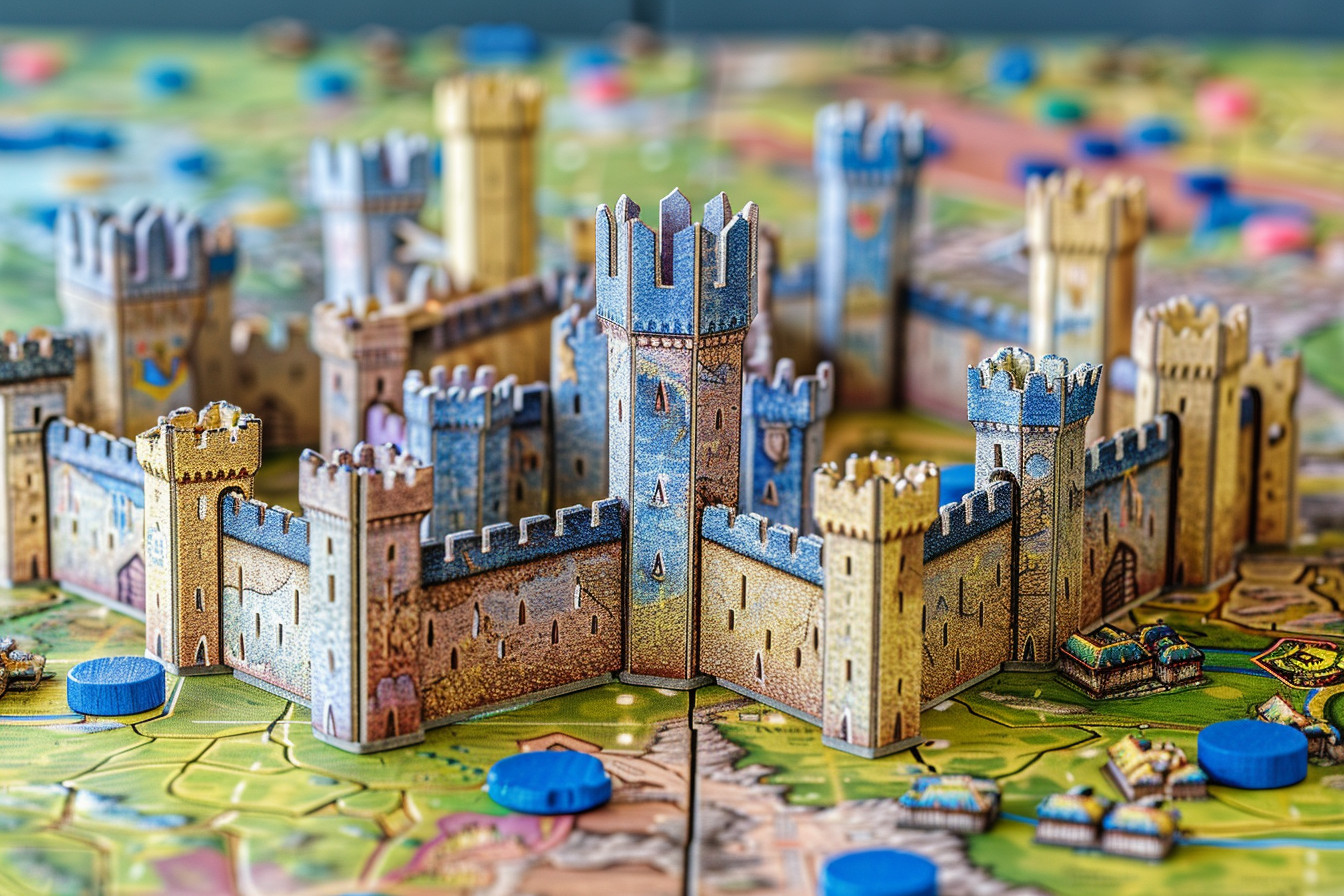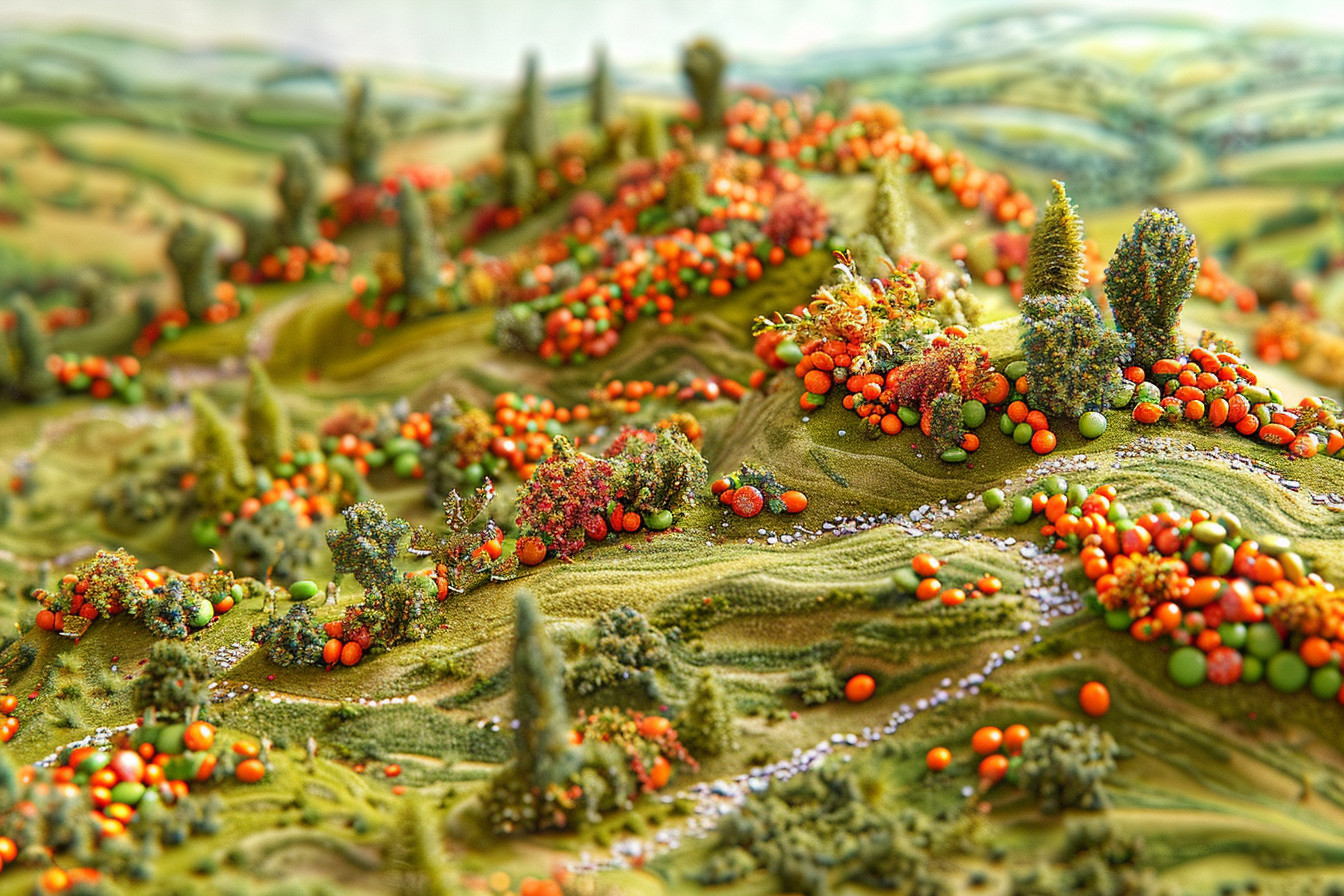There’s something truly magical about a campaign game—one that extends beyond a single evening and weaves a tale across multiple sessions, pulling players into a dynamic, evolving world. Campaign games, such as the one developed for Epic, have been basking in the limelight, granting players deep and compelling narratives, complex strategies, and a sense of continuity that keeps them thirsting for more. Now, from the world of campaign games, let’s take a closer look at some of the standing examples and the reasons they have been so captivating.
Epic campaign games are designed to be played over several sessions, with each session building on the last. Mainly, they involve choral storylines and character development in a game that is in constant development, mostly carried on session after session. Such a setup brings in deeper storytelling and more complex gameplay mechanics. Their main strength lies in their suction power toward the player. A lot of this is down to the attachment players build to both their personal characters and the game as a whole, with players always eager for the next session to see what will come next in the story. The sense of progression and ability to see the impact of one’s decisions over a sustained period of time presents a layer of engagement not easily replicated with shorter games.
Gloomhaven: The Gold Standard
No discussion of campaign games is complete without a mention of “Gloomhaven.” Designed by Isaac Childres, this game serves as the gold standard for the genre, boasting an equally massive scope, interesting mechanics, and a story that simply pulls you in. “Gloomhaven” is a cooperative game in which players take on roles of mercenaries who are exploring a dark, corrupt world. Every session includes tactical combat, exploration, and decision-making that forms the ongoing storyline. This is a branching-narrative game, meaning it will progress in different ways depending on player decisions.
The first time I opened the “Gloomhaven” box, the sheer amount of content was just overwhelming: hundreds of cards, dozens of plastic miniatures, a giant stack of map tiles, and a thick scenario book. The first time I set this game up, it already felt like setting up for some epic adventure. And that’s exactly what each following session brought, time after time. The remarkable thing about “Gloomhaven” is that sense of character growth and customization. Players do have a baseline of abilities and equipment to work from, but through the completion of scenarios and gaining experience and loot, they can unlock new skills and upgrade their gear. Growth and customization make sure that players are never disinterested, as they can change their characters to better suit their style of play and the dangers that lie ahead.
The narrative in “Gloomhaven” is on an equal footing. The world is so rich in lore, and there are side quests to ensure that there is no drought in words following up on the exploration and discovery you undertake. These branching paths that this game does make sure that the course each group takes is different, each event is different, and so is the outcome. The depth of those mechanics and the replayability is why “Gloomhaven” is such a game of great value and can provide many hours across many sessions.
Pandemic Legacy: The Evolution of a Classic
“Pandemic Legacy” is truly how you design another outstanding game in the campaign category, which is a further development of the classic “Pandemic,” with a legacy system built into it everyone’s actions and decisions determine the course the game takes along the way. By Matt Leacock and Rob Daviau, the same creators of the classic, it retains the cooperative gameplay of the original “Pandemic,” wherein players must work together to eradicate worldwide diseases. However, the legacy format introduces permanent changes to the game board, characters, and rules, creating a dynamic and evolving experience.
Our group’s journey through “Pandemic Legacy: Season 1” was a rollercoaster of emotions. The game is divided into months, with each session representing a new month in the campaign. As we continued, it added new challenges and story elements, many times throwing unexpected twists our way. Among its most impactful moments was when we had to do something irreversible, like placing stickers to represent cities that had to be quarantined or infrastructure that was too badly damaged to keep safe. These changes were permanent, and the game evolved from there, with those changes affecting how we played future games. The weight of our decisions added to the pressing need to play each session.
Another element of “Pandemic Legacy” is character progression. Over time, players will be able to develop their characters, acquiring new abilities and characteristics that will help them cope with ever-increasing challenges. However, characters may also suffer permanent scars or even be lost, making it a game of high tension and emotional investment. The narrative in “Pandemic Legacy” is tightly woven into the gameplay—the goals and events for each month further the story.
Descent: Journeys in the Dark – A Fantasy Epic
For those players who enjoy high fantasy and dramatic dungeon crawling, Descent: Journeys in the Dark lets them take part in a campaign of fantastic adventure, combat, and treasure. Kevin Wilson designed the game and merges a tactical miniatures game with a healthy dose of narrative to create an absorbing and immersive experience. In “Descent,” one player becomes the Overlord and plays with monsters and traps against the other players, who are heroes fulfilling a quest to put an end to the Overlord’s actions. The game consists of a series of related scenarios, each affecting the results of the overarching campaign.
One hugely innovative feature of “Descent” is the modular board on which the copious scenarios take place and the map layouts. Each session will feel like a new adventure with different challenges and objectives. The tactical combat system runs deep and engaging for players to work together and use them.
The use of abilities is very strategic, since the player has to plan how to use them best to be able to win the game. The coolest part about character progression in “Descent” is that the hero can actually advance in between the sessions. Experience points and gold are rewarded while the player is busy working on quests, which are used to acquire new skills and goods. This dynamic of growth and personalization keeps the players in a very touching relation with their characters and the campaign itself. The story in “Descent” is just great and very engaging; every quest implies the main plot. Expansions unlock even more content and stories, so you are free to play for dozens of hours. The dynamics between Overlord and heroes give that extra edge of strategy and tension, which animation and cinematography need in their presentations.
Aeon’s End: Legacy of Gravehold
“Aeon’s End: Legacy” is not your average game of its kind: it marries the mechanics of deckbuilding with a campaign experience. Designed by Kevin Riley, the game puts players in the position of defenders of the last hope for people—Gravehold, a human city sieged by monstrous invaders called the Nameless.
In “Aeon’s End: Legacy,” players will take the roles of breach mages—potent spell casters—who will use their powers to fight off the Nameless and protect Gravehold. Through “Aeon’s End: Legacy,” the players get a game session that links countless scenarios, each presenting new challenges, abilities, and aspects of the story. Deck building is unique in “Aeon’s End: Legacy.” Players start the game with a simple deck of cards but are led, step by step through the campaign, to add new spells, relics, and abilities to their deck.
This kind of progression and customization is very rewarding, as players can tune up their deck each time more and more so that it fits their style of play and the challenges that keep rising. The story of “Aeon’s End: Legacy” is very engaging, compelling, and immersive; each scenario adds that bit more to the world of Gravehold and the Nameless. Moreover, it is built through branching lines of the story and decisions the players make, which have an influence over it; this implies that the game is dynamic and replayable.
It kind of adds to the tension and the feeling of the need to protect Gravehold in a rush against the never-ending Nameless attacks; superimposing tension and excitement with every game. Another critical part of “Aeon’s End: Legacy” is the character-progression system, where players can level up their breach mages between sessions, acquiring new abilities and traits to assist them in facing the growing threat. The combination of deck-building mechanics and character progression will form a deep and engaging gameplay experience that will keep eager players coming back for more.
Kingdom Death: Monster – A Grim Journey
Dark and unforgiving, this is a game for those really into serious challenges: “Kingdom Death: Monster.” A game designed by Adam Poots, this is an epic campaign-level game that is set in a nightmare world where a group of people builds the defense of a settlement with survivors against the monstrous creatures. “Kingdom Death: Monster” is a game famous for its deep, complex mechanics and grim atmosphere. Players, more specifically, will assume the role of survivors who band together to hunt monsters, gather resources, and build up their settlement.
The game is played through a series of linked scenarios, and the outcome of each individual session will influence the overall campaign. A standout feature of playing the game “Kingdom Death: Monster” is the tactical combat system. The dangerous, exotic monsters in the game make it strategic and hard: every step must be made and executed with tactical brilliance and amazing insight. These, along with features of the game like the AI-controlled monsters, bring the level of uncertainty under the term manageable—managing the suspense and uniqueness of a great battle.
Another significant part of “Kingdom Death: Monster” is character development. Between sessions, players have the opportunity to improve survivors, pick up new abilities, and grow not only equipment but traits. On the other hand, it is very hard, and character loss is real, so the stake and level of emotional tension in between sessions is great. Its narration makes the game feel dark, with each new scenario played, taking players into the depths of a nightmare-like world and its inhabitants.
To this end, branching paths and player choices within the game affect the story, with an experience that is dynamic and replayable. “Kingdom Death: Monster” is one of the games that offers deep mechanics, challenging play mechanics, and a rich narrative, and it’s an outstanding campaign game.
Final Thought: The Magic of Epic Campaign Games
Epic campaign games are an amazing experience, with immersion jogging right through many sessions, so players can feel genuinely involved in their characters and the evolving narrative. In this field, some of the greatest games, like “Gloomhaven,” “Pandemic Legacy,” “Descent: Journeys in the Dark,” “Aeon’s End: Legacy,” and “Kingdom Death: Monster,” have been realized by many fans for their deep mechanics, compelling narratives, and oh-so-satisfying progression, ensuring that players have epic adventures they will never forget.
Be it the exploration of a dark and dangerous world, defense of humanity from monstrous alien invaders, or merely struggling to survive in a nightmarish landscape, there is a lot that epic campaign games have to offer—experience and, of course, great rewards that make them involving and amusing time after time. So get your friends together, set some time aside, and get ready for a truly epic experience that spans multiple sessions and creates lasting memories.







